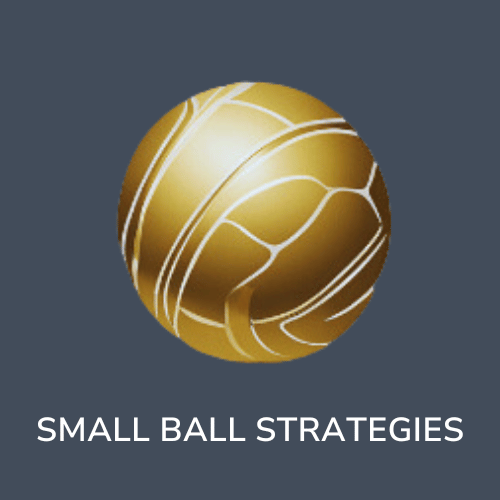If you've experienced how much time, skill, money, and sheer determination is required to develop a medical device, you can't help but feel a sharp pang when yet another medtech startup tanks, and with it, all the promise and investment in its technology.
Statistically this is the end that most will meet as development timelines are often much longer than the financial runways they need to soar. That's not on the investors; their funds are limited and their LPs expect a return on their investment far sooner than it takes the average medical device to get to market.
Getting to market is the goal but the medtech leaders that do manage to get their devices to the commercial stage face a decidedly uphill battle in gaining traction and marketshare as they go head to head with the multinational strategics that dominate medical device sales with deep pockets and industry networks.
Given all that, there's no shame in shuttering your medical device startup or SMB. Medtech is a unique challenge at every stage and if you've been intrepid enough to take on that challenge, either as a founder, executive, or investor, your valiant effort deserves all the laurels.
It also deserves every chance at reaping the reward it, and you, deserve.
Too many medtech startups wave the white flag without exploring their options to realize a different version of success than that originally imagined as successfully commercializing their device in a global market. FDA Class III device developers are strongly incented to consider partnerships and early exits from the get go due to the astronomical cost of complex development, regulatory submissions and clinical trials as well as the impenetrable markets for such devices. Partnering and M&A is baked into their earliest corporate strategies.
This is not the case for many Class I or Class II device developers. While some dream of getting bought out by a medtech strategic, very few know how to plan for it in their corporate and device development, and fewer still have experience in actually executing an early exit via M&A (a partnership or acquisiton).
Executing a successful and durable early exit via M&A - as opposed to IPO, which is an entirely different beast - is neither easy, nor straightforward. If you have realized commercial success and/or your device(s) are heavily funded with an anticipated deal value of $100M or more, you'll have no shortage of investment bankers and mergers and acquisitons advisors to lead your M&A initiative on your behalf. If your anticipated deal value is middle market ($50M - 100M) there will be similar M&A agents and firms willing to spearhead your sale.
But what if your technology is pre-commercial, perhaps pre-regulatory clearance, maybe even pre-prototype and in need of further development? What about those devices classified as 'orphan devices' due to their intended use for small patient populations? Deal valuations (either equity or asset) are obviously substantially lower and don't present a compelling opportunity to sophisticated, medtech specific (which is what you want) M&A intermediaries who often have minimum deal values with engagement, retainer, and success fees that could exceed your entire valuation.
Low to middle market (<50M) deals, sometimes known as 'small ball' are often handled by brokers. They're incentivized to sell your assets or equity quickly and often work on a combination of engagement/set up/listing fee plus commission. Rather than a sophisticated strategy specific to you and your best deal terms, they'll shop your opportunity around, utilizing networks and online markets. This can be a good option if you have no corporate leader or Board Director to lead the M&A charge but you need to accept that if your opportunity isn't receiving interest, your broker will focus on other deals in their portfolio that seem likelier to complete.
And then there's the leader driven exit. Usually executed by the CEO, CFO, Board Director or combination of all three, this exit is highly strategic and targeted, focuses on enhancing your value and best deal terms, and retains the financial rewards for your shareholders. The leader-led option is perfect if your expected deal value is $2M - $25M since you'll have no competing interests and will be committed to securing a deal with the best terms for you. You won't be all on your own; as in all the other options, you'll have legal counsel, an accountant, and possibly an M&A advisor on your deal team. All of those professionals need to be paid which is why I suggest a mininum deal value of two million dollars. You'll have to lead the charge, do the work, and herd all the cats, but who better than you to sell the true value of your company and your technology?
In my experience, leader-led exits are the most successful for M&A deals of modest valuation. They are far more frequent than the highly publicized $500M+ public company M&A transactions but fly under the radar thanks to NDAs and confidentiality clauses in the terms of the sales agreements. The monetary values may be comparatively modest, but the ROI and reward of a rare accomplishment are remarkably similar.
There's no shame in an early exit if that's the best route to get your medical technology into the hands of the clinicians or patients that need it. What is a shame is letting the investment of your skill, devotion, time, and money be for naught without putting up a fight until the very end.


